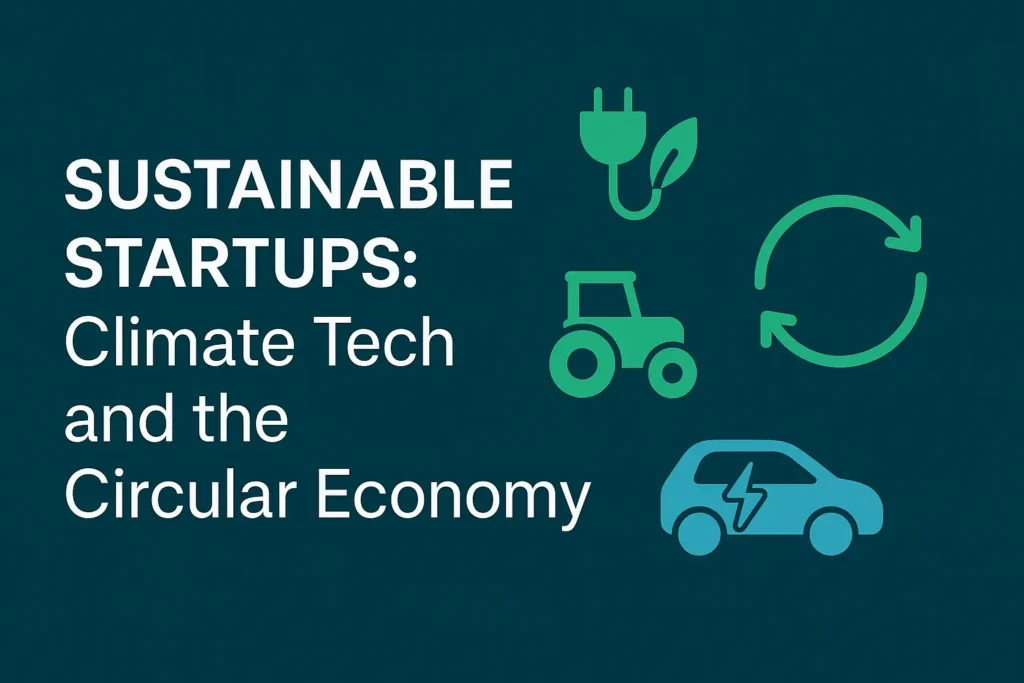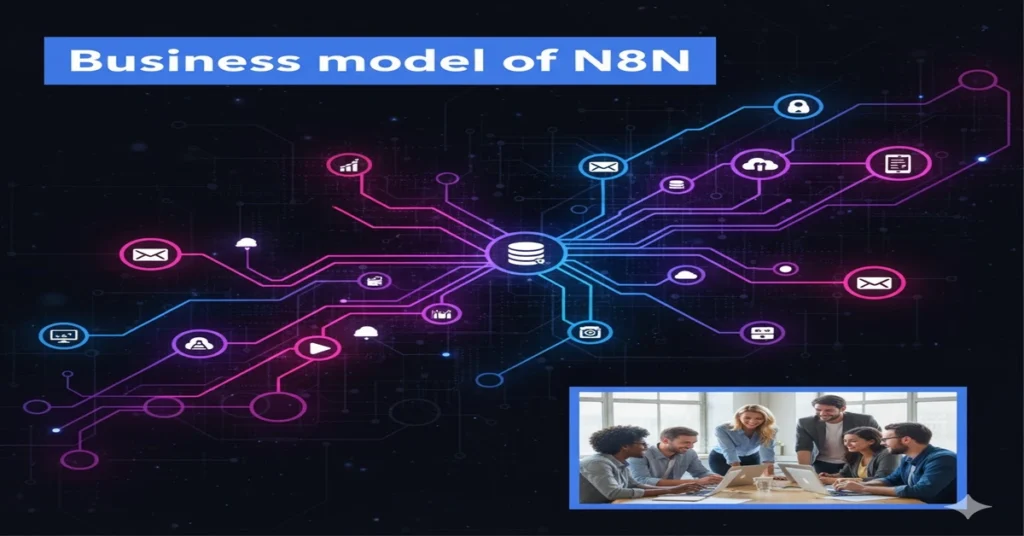The intersection of visionary capital and cellular rejuvenation has reached a defining moment. NewLimit, the groundbreaking anti-aging venture co-founded by Coinbase CEO Brian Armstrong, has secured $45 million in strategic funding—an extension that elevates the company’s valuation to $1.6 billion and validates epigenetic reprogramming as humanity’s most credible pathway to reversing biological aging at the cellular level.
Coinbase CEO Brian Armstrong’s Anti-Aging Startup Secures New Investment
NewLimit raised $45 million through strategic capital deployment that transcends conventional venture financing. Brian Armstrong, whose leadership transformed Coinbase into a cryptocurrency infrastructure powerhouse, has channeled his formidable strategic acumen toward cellular aging reversal. This funding injection arrived merely five months after NewLimit’s substantial $130 million Series B round, demonstrating extraordinary investor confidence in the company’s epigenetic reprogramming platform. Armstrong’s operational expertise, refined through navigating cryptocurrency’s regulatory complexities, equips NewLimit with leadership capable of shepherding transformative biomedical innovation through comparable obstacles. The funding validates a fundamental conviction: cellular aging represents not immutable biological destiny but rather a programmable condition susceptible to technological intervention.
NewLimit Reaches $1.6 Billion Valuation with Eli Lilly Backing
Pharmaceutical titan Eli Lilly’s participation in NewLimit’s funding constitutes watershed validation for longevity biotechnology. This 148-year-old institution, renowned for metabolic disease expertise, deploys capital only after rigorous due diligence identifies genuinely transformative scientific potential. NewLimit’s $1.6 billion valuation, achieved without marketed products, reflects market recognition that successful cellular reprogramming would generate trillions in economic value. Eli Lilly brings critical infrastructure: established regulatory pathways, manufacturing capabilities, global clinical trial networks, and institutional knowledge navigating FDA approval processes. This partnership dramatically compresses timelines from laboratory breakthrough to clinical availability—a temporal consideration of existential importance given that each delayed year represents millions of lives lost to age-related pathologies.
Breakthrough in Liver Rejuvenation Technology Drives Clinical Trial Plans
NewLimit’s scientific publications unveiled compelling evidence of cellular age reversal in liver tissue—a breakthrough that directly catalyzed this funding round. The liver, humanity’s primary metabolic organ, accumulates extensive age-related damage through decades of toxin filtration and oxidative stress. NewLimit’s epigenetic interventions demonstrated measurable restoration of youthful cellular function markers in aged liver cells. The funding supports progression toward Phase I clinical trials within 18-24 months, evaluating safety profiles and preliminary efficacy in human subjects. The liver represents a strategically optimal initial target: it possesses remarkable regenerative capacity and manifests age-related dysfunction through quantifiable biomarkers. This marks humanity’s transition from laboratory validation to human therapeutic application in cellular rejuvenation.
Epigenetic Reprogramming: The Future of Reversing Cellular Aging
The scientific foundation underlying NewLimit’s approach rests upon a profound discovery: cellular aging is governed primarily by reversible epigenetic modifications rather than irreversible genetic damage. These chemical alterations to DNA regulate gene expression without changing underlying genetic sequences, transforming aging from inevitable trajectory into potentially reversible condition. NewLimit’s proprietary innovation involves transient, partial reprogramming—inducing sufficient cellular rejuvenation to restore youthful function while maintaining tissue-specific identities and avoiding tumor formation risks. The technological sophistication requires cell-type-specific delivery vectors, dose-optimized reprogramming factor cocktails, temporal control mechanisms, and comprehensive safety monitoring systems. Each component demands extensive research investment and rigorous validation across multiple tissue types before human application.
From $130M Series B to $45M Extension in Five Months
The compressed five-month timeline between NewLimit’s $130 million Series B and this $45 million extension reveals extraordinary momentum. Such accelerated funding cycles are unprecedented in biotechnology, where rounds typically occur at 18-24 month intervals. This pattern suggests breakthrough results exceeding initial projections—compelling enough to justify immediate capital deployment. Strategic deployment will prioritize expanding NewLimit’s scientific team across multiple tissue types, establishing GMP manufacturing capabilities for clinical-grade reprogramming vectors, and initiating regulatory engagement with FDA officials. NewLimit raised $45 million to establish competitive advantages in longevity therapeutics. This funding trajectory represents civilization’s most serious institutional commitment to treating aging as a treatable condition, marking a decisive moment in humanity’s relationship with biological decline.
Learn Business Model Of NewLimit

My Name is Adarsh and I am Empowering startups with high-quality content at Startups Union and bridging the gap between brand stories.




